12 Flexible Thinking Activities for Preschoolers

Updated 10/1/2024
Teaching young kids to find new ways to do things and get along with others is essential. One way to do it is with flexible thinking activities for preschoolers. These aren’t complicated and are fun too!
These activities are as simple as the games they play. You may not be aware that many of these help them prepare for life outside the home.
Experts agree that specific activities help kids improve their cognitive flexibility. But please note that it’s a skill that’s best developed while children are young.
What are Flexible Thinking Skills?
Before I move on, I’m sure you have questions in mind. Like what on earth flexible thinking actually is?
People look at others, things or situations differently. Their opinions vary when they encounter the same events. Also, they solve problems in various ways. This is a result of their upbringing and experiences.
Experts call this skill “cognitive flexibility”. People aren’t born with this ability because it’s developed from childhood.
With flexible thinking skills, your children will ably face common and complex challenges in the future. The key is developing this ability today.
What is an Example of Flexible Thinking?
As people grow older, they tend to stick to routines. For instance, many people get stressed when their train is behind schedule. They’ll be late for work. While on it, they’ll be mentally willing the train to travel faster.
You might be laughing now, but I’ve seen it happen. But, unfortunately, rigid thinkers don’t realize early on that there's more than one way to get something done.
Flexible thinkers will think of other alternatives instead of boarding the late train. They can take a taxi, bus, or Uber because they aren’t slaves to routines.
Unlike others, they always have a Plan B or C and so on.
Flexible thinking skills are also essential when people relate with others. That quiet person at work who doesn’t join colleagues for drinks may be seen as anti-social.
The real reason could be something else. A sick loved one might be waiting at home, or that person is taking night classes.
It’s no surprise that successful leaders are flexible thinkers. One reason is that they practice empathy. They couldn’t empathize if they weren’t.
How Do You Use Flexible Thinking?
How many times have you faced an enormous challenge that seems overwhelming?
A 2-year old may feel the same way when told to climb the stairs.
Parents tell their kids to take one step at a time. This is a flexible thinking skill in action – divide a task into smaller parts.
Keep this in mind in your next endeavor.
A straight line is the shortest distance between two points. Preschoolers learn quickly how to get from one room to another at home.
Place an obstacle like a small stool and they’ll either climb over it or take a detour. Encourage them if they stop in their tracks.
Sadly, like my example in the previous section, many adults forget to consider options.
How Do You Teach Flexible Thinking?
Children love to imitate their parents. So, be the role model for flexible thought. Kid’s minds are like sponges. They take in everything around them.
For example, at home, do things differently to achieve the same result.
There are many ways to prepare your children’s favorite sandwiches. For one, it doesn’t have the same stuff every day. Most kids like PB&J, but you could add more than the usual fruit preserves.
It may not be the traditional sandwich. But your preschoolers might enjoy it!
Getting kids to develop their cognitive skills early is always an excellent idea. There’s no reason why they can’t enjoy games or similar challenges.
Here are some flexible thinking activities for preschoolers they may enjoy:
Coloring
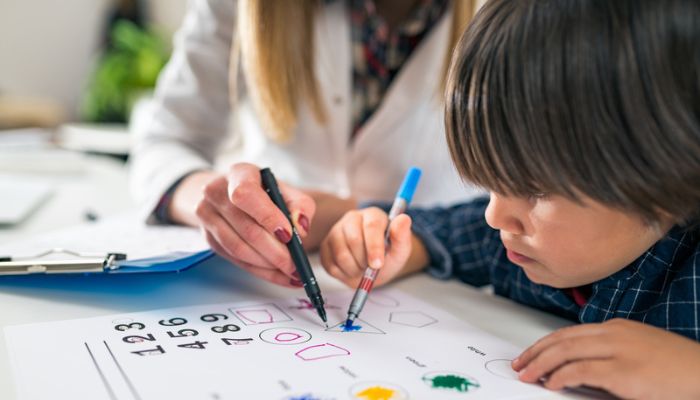
Art is one way of developing flexible thinking skills. Hand preschoolers a coloring book and crayons.
Have fun together but leave them to color images without your involvement.
Let them color a house purple if they so desire. Maybe it’s not your home’s color. But, your children may prefer a different house paint.
It’s an activity that encourages preschoolers to use their imagination.
For instance, why does the sun need to be colored yellow all the time? Not all “truths” are true.
In space, where there’s no atmosphere, it’s white. So, it’s okay if they decide to color stars differently.
Play Pretend

Kids love this game. They can play as superheroes, famous characters, animals, and adults. They can pretend they’re racing, flying, or any other activity they think is fun.
Paper can take the place of money, or the bed can act as a car or plane. The possibilities are endless.
Playing pretend encourages creativity and imagination. Kids discover new ways to have fun and solve problems. They become more self-aware and learn how to think for themselves.
Preschoolers learn much from this game when they play with others. It’s an excellent opportunity for them to socialize.
They begin to recognize the feelings of other kids and how to respond to them.
Lastly, don’t forget that it’s also a great physical activity that develops children’s muscles.
Play Puzzles
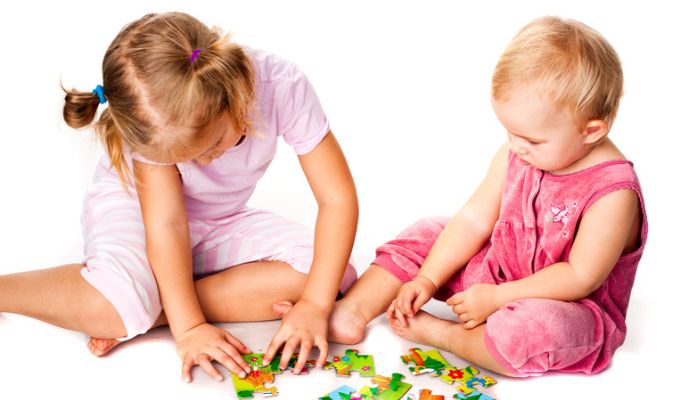
The fastest way to complete a jigsaw puzzle is to start assembling the borders. Many would begin with the center by using the image on the box as a guide.
This method might take longer, but it doesn’t mean it’s the wrong way- unless it’s a contest.
Jigsaw puzzles help develop problem-solving skills. These also can improve hand-eye coordination.
So it’s no surprise these are considered educational toys.
Research done at the University of East Anglia shows that three-year-olds use trial and error. Four-year-olds use the picture when completing puzzles.
That same study showed that solving jigsaw puzzles also serves as a foundation for drawing and painting.
Let Them Be
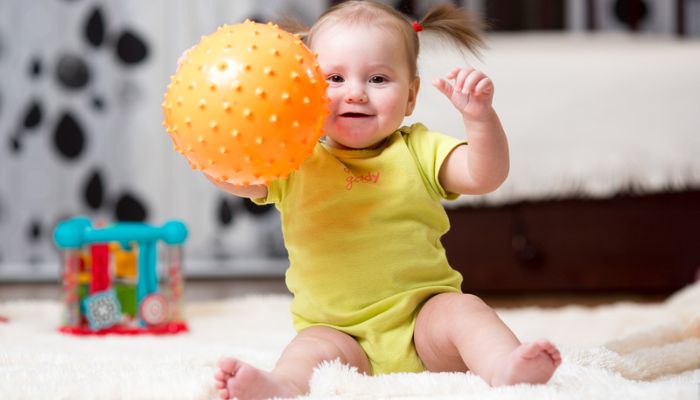
Give kids a ball, and they will find various ways to have fun with it. It could be a small basketball. Some may roll it while others will bounce it.
Sure, you could have bought a kid-tall hoop. But, it isn’t the only way they can enjoy playing with the ball.
Making something out of another thing encourages creativity.
I’ve seen party hats become trumpets or bullhorns. The same has applied to other toys.
There’s nothing wrong with that, as long as kids don’t use these as rocks to throw at each other.
Go Out and Smell the Roses
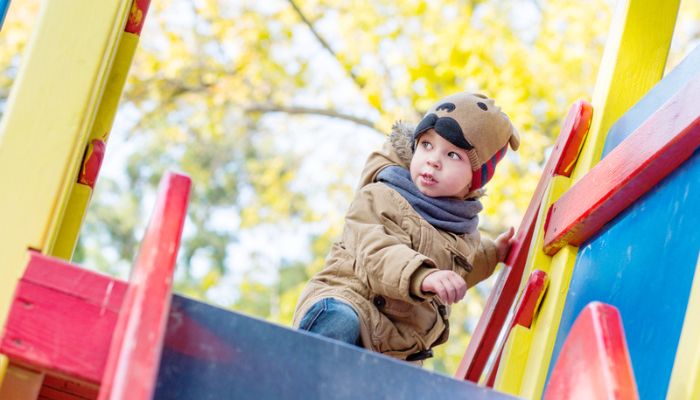
How would you describe the relationship between kids and gadgets today? Enchanted, fascinated, and possessed are some of the words that come to mind.
Sure, some of those games stimulate the mind. But kids are missing out on many things, like meeting new friends on the playground.
Yup, you’ll still find these in many neighborhoods. Toddlers learn to interact with others when they meet them in person.
Children will experience wonder when they see what’s out there. Not far from home or a window, they might see squirrels frolicking on the ground or gathering food.
Also, kids will be curious when they witness changes in their surroundings as Summer turns to Fall, for instance.
What sound does the robin make, or how does a rose smell?
These are questions kids might ask. But, unless they experience these themselves, they’ll never discover what these are like from devices.
Revise the Rules of the Game
Who says that kids can only play a game one way? Let them go against the flow. It can be more fun.
There are more ways to play tag or hide and seek. Make up the rules as you go along. When you let them decide, they’re learning to improvise.
You’re not teaching children that they can break the rules.
Instead, you’re opening them to the possibility that they can revise these in the real world through dialogue and other means.
Make Storytelling More Interesting
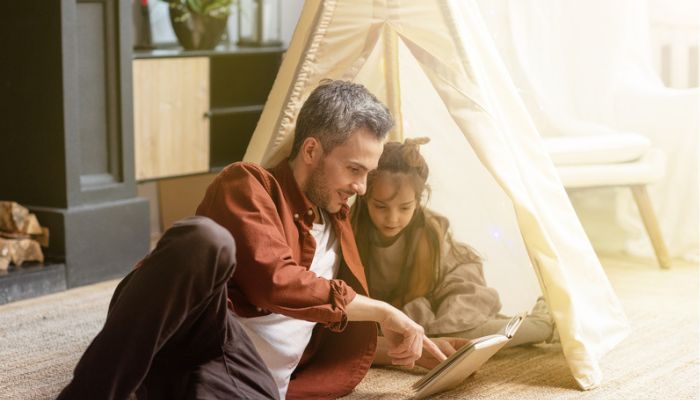
Most children’s stories have a moral lesson in the end. The Boy Who Cried Wolf is famous because it teaches kids the value of being truthful.
But it’s not the only enjoyable part of storytelling.
Have you tried telling a story and asking children what happens next? Getting them involved is a mental exercise you should consider.
To make it more interesting, make them the main characters.
Tell stories that pose problems kids can solve. Also, consider real-life scenarios your children will encounter in the world.
Why not encourage them to continue telling the story too? Stories invite listeners to wonder about what they’re hearing or reading with you.
Depending on the tale, kids can imagine themselves being heroes. From there, they can create chapters of their own where they do things differently.
And, who knows, maybe they’ll have their unique happy endings!
Have Fruitful Conversations
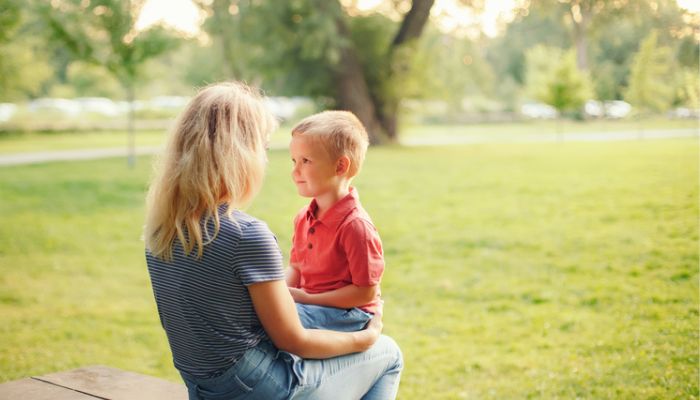
It’s not easy to explain things to preschoolers. Sometimes, they ask questions you’re unprepared for.
“Why” and “how” are questions often asked by kids. So don’t be surprised if your 2-year-old toddler is already curious about the world.
Children want to understand better how things work and why they are the way they are.
When they’re busy or exhausted, parents usually brush off such questions by tellings kids to ask someone else.
Because, once answered, the questions can keep on coming.
There’s a better way, though, and that is to ask kids back what they think is the answer. Asking children makes them ponder.
And sometimes, their reply will stump parents.
If they have an idea of how things work, experiment with them. Will a metallic car float on the tub? Saying “no” outright isn’t a good idea.
Instead, try it out with your kid as long as it’s not one of those electronic toys. Your child will learn about buoyancy and the value of testing hypotheses.
Have Fun with Word Meanings and Usage
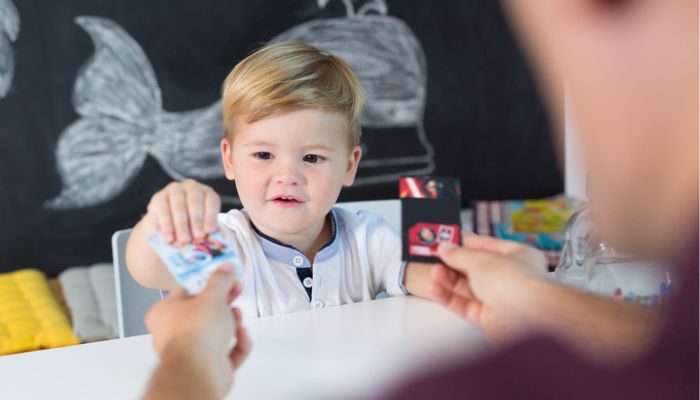
Flexible thinking skills are necessary when kids start to learn about language. Words and statements can have different meanings.
For example, “left” could be a location or the past tense of leave. With your help, kids could learn early to understand what’s meant when they hear the word in a statement.
Also, there are rules to follow. For instance, not all plural nouns end with an “s.” There are sheep and children.
With flexible thinking, preschoolers will be open to exceptions to standard rules.
I suggest that having more conversations with your kids is better while they develop their communication skills. They learn more.
Get the “Right” Toys
Leaving kids to build a tower with blocks challenges their cognitive skills. Often, their construct will collapse until they get it right.
Likewise, toys that require assembly or building can be challenging. But, these keep young minds working.
Push-and-pull toys are excellent for preschoolers below three years old. They’ll learn about simple cause and effect.
Toys with knobs, buttons, or mechanical switches are better for older kids.
Games and toys can develop flexible thinking in preschoolers.
Building Blocks

There are many ways a child can enjoy blocks. Many have patterns, while others have the alphabet or numbers. They can learn and play at the same time.
Kids have the freedom to create anything they want. Following their imagination, they build structures based on their vision.
Once they do, they experience success, which is essential for their self-esteem.
While playing, a toddler develops hand-eye coordination while lifting and moving each block. Depending on the type, preschoolers learn how to connect pieces.
If you want something different from your childhood, look at these magnetic blocks.
Play with Clay

The reasons are apparent why I recommend clay. First, most children love playing with it.
Also, clay stimulates three senses, namely, sight, smell, and touch. Keep in mind that clay helps build motor skills that improve dexterity in children.
Playing clay builds imagination. Better than drawing, kids can make three-dimensional objects they can play with.
Most clay sets come with tools. However, many kids don’t need these as they prefer to use their hands to create whatever they like.
When they’re done, they can use the same clay for other creations.
Role-Play Toys
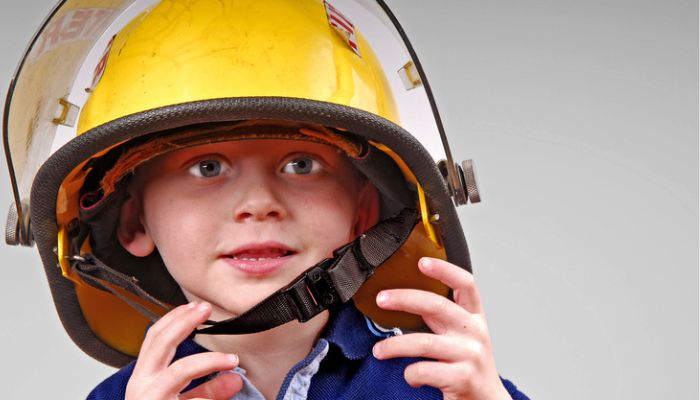
These role-play toys can come in handy when kids play pretend. Doctor, science, and kitchen kits are examples.
These toys help children understand how adults work in the real world. These kits also focus on the responsibilities of each profession or role a child plays.
Children can also develop their interests with role-play toys. They may also realize what they want to be when they grow up.
Maybe your kid likes science. Take this into consideration, and provide role-play toys accordingly- including costumes.
Wrapping it Up
Flexible thinking activities for preschoolers aren’t that complicated. Try some of these and discover which will work. And don’t forget, have a blast with your children.
Until next time, readers!


